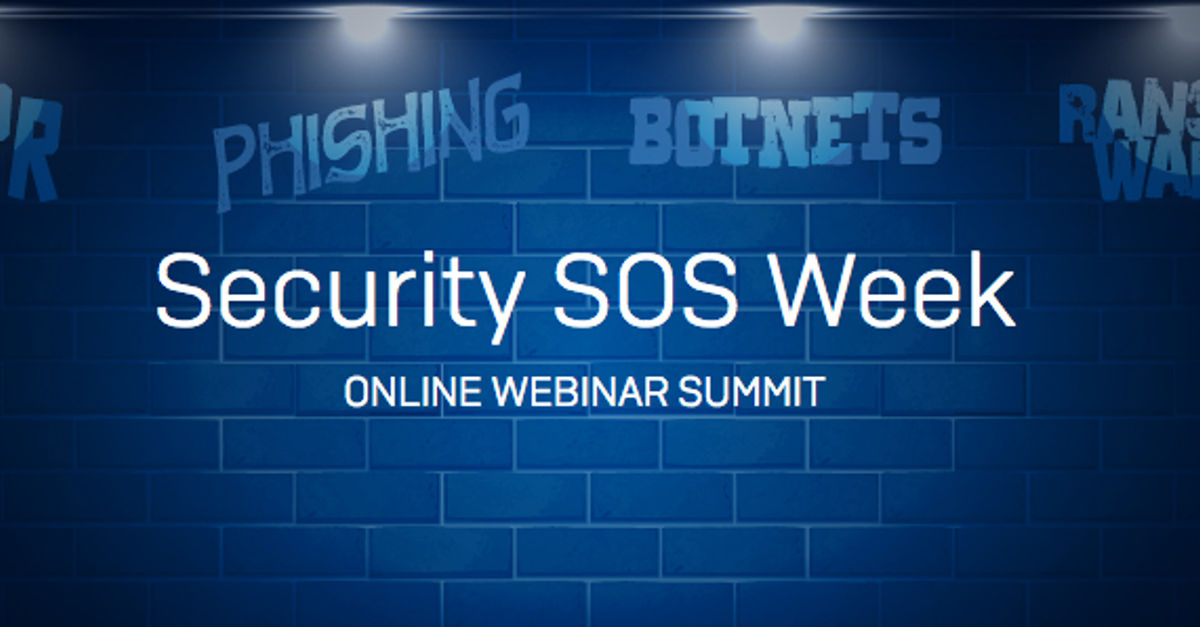Here’s Thursdays’s Security SOS Week podcast, right here #ICYMI.
In this episode: Unlike ransomware, which punches you straight in the digital face, “bots” or “zombies” work undercover in the background. Zombie malware quietly downloads instructions from cybercriminals on what to do next, such as grabbing passwords, stealing files, sending spam, and delivering malware.
Learn from Fraser Howard, one of the world’s leading anti-malware researchers, how to dezombify your world..
LISTEN NOW
(Audio player above not working? Download MP3, listen on Soundcloud or access via iTunes.)
Enjoyed this episode? Check out the full Security SOS Week schedule.

Stuart
Will re-bulding the OS and reinstalling all new programs from the web eliminate all installed malware?
Thank you.
Paul Ducklin
Probably :-)
However, we’ve seen malware over the years that goes to great lengths to survive even an operating system reinstall, let alone a rebuild/recover process. In the old days, for example (though admittedly I am going right back to DOS here), there was a popular theory that doing a high-level FORMAT would wipe your whole hard disk and thus give you a 100% fresh start, even though malware could live outside your C: drive and thereby survive anything but a low-level wipe-and-full-reinstall.
There’s also the thorny problem these days that if your original malware infection came from a hacked website or update server, or was injected via a security hole introduced by a buggy third-party app, then even if you wipe, reformat and reinstall *everything* afresh, you could end up right back to where you started – in Vulnerability City, ready to get hacked all over again.
In short: if you do decide to do a start-over, [a] don’t take any short cuts, [b] make sure you update everything you’ve reinstalled immediately after installing it, and [c] take the opportunity to review everything that you reinstall, and how you configure it.
A computer rebuild is an excellent excuse to re-evaluate your digital lifestyle decisions: you get a chance to ditch older apps that aren’t getting updated (try looking for replacements that *are* still being curated by the companies that sell them), choose stricter settings for things like passwords, enable full disk encryption from the start (e.g. FileVault on a Mac, BitLocker on Windows), and leave out optional OS components you rarely or never use.
David Ericson
Its just a simple blog and not need much reply, i wouldnt know though,b est of luck guys!